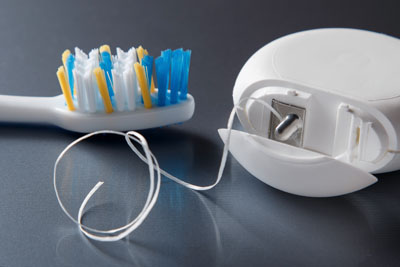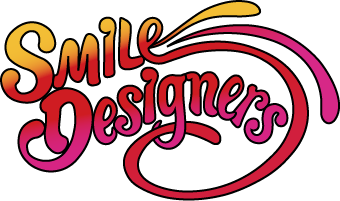
Many people spend lots of time going over the different types of floss and tips for flossing, but both are not equally important. When it comes to keeping the spaces between teeth clean and decay free, nothing compares to flossing regularly while using proper flossing techniques.
Failing to do so leaves teeth vulnerable to tooth decay and gum disease regardless of how often the person brushes. Think of teeth as a piece of wood that needs to be protected from the weather with a special coat. It does not make sense to only coat the front, top, and back, since that still leaves it vulnerable to decay. The sides will eventually begin to rot away, and the piece of wood becomes damaged regardless. The very same concept applies when it comes to keeping teeth decay free. It is best to worry less about the different types of floss and tips for flossing and focus on doing it correctly daily.
How to floss properly
Flossing is not one of those things people instinctively know how to do. Here is a guide that shows the right way to clean the spaces between teeth with dental floss:
Step 1
About 18 inches of floss should be broken off. The floss should then be wound around a middle finger on either hand. Most of the floss should be wound around this finger, while the rest goes around the same finger on the opposite hand. This finger will be used to take up used portions of floss during the process.
Step 2
Keep the floss between a forefinger and a thumb.
Step 3
Slide the floss between two teeth using a rubbing motion. Floss should never be snapped or pushed hard into the gums.
Step 4
Once at the intersection of the teeth and the gum line, curve the floss into a "C" shape against one tooth. Slide the floss gently between the tooth and gum.
Step 5
While holding the floss against a tooth, gently rub its side with it, moving the floss upward and downward against the tooth. This process should be repeated on all teeth, especially those at the back of the mouth.
Step 6
Once a tooth has been cleaned, wrap the used part of the floss against the other finger. Using a dirty piece of floss to clean teeth is not as effective as using a fresh one. Dirty floss is also more likely to leave bacteria behind.
That is the proper way to floss teeth. Following these instructions will ensure the spaces between your teeth remain clean and free of decay. If you find flossing particularly difficult, talking to a dentist is recommended. An in-office demonstration on how to properly use dental floss might be exactly what you need to help form new habits.
Ready to start cleaning your teeth properly? Schedule a consultation with one of our dentists today!
Let's get started …
Request a dental appointment here: https://dentisthouston4smile.com or call Smile Designers at (281) 481-4777 for an appointment in our Houston dental office.
Related Posts
5 Everyday Oral Hygiene Tips to Whiten Teeth
With good oral hygiene, you will always have fresh breath and beautiful teeth. Along with brushing, flossing and rinsing with a mouthwash that contains fluoride, this includes teeth whitening. By following …
Tooth Enamel: Why is It Important to Oral Hygiene?
In recent times, more and more people are catching up with the importance of tooth enamel and its contribution to ensuring excellent oral hygiene.The tooth enamel is the first and strongest layer of the teeth. …
Best Tips To Clean Your Toothbrush
Why Do You Need To Clean Your Toothbrush?You use your brush to scrub off food particles from teeth and to remove the disgusting film from your tongue, but rarely do you clean your toothbrush. Cleaning …
Signs of Poor Oral Hygiene
Poor oral hygiene manifests in a number of different forms. From bleeding or swelling gums to toothaches, growths in the mouth and alterations to the tongue's surface, poor oral hygiene has plenty of forms. Some …





